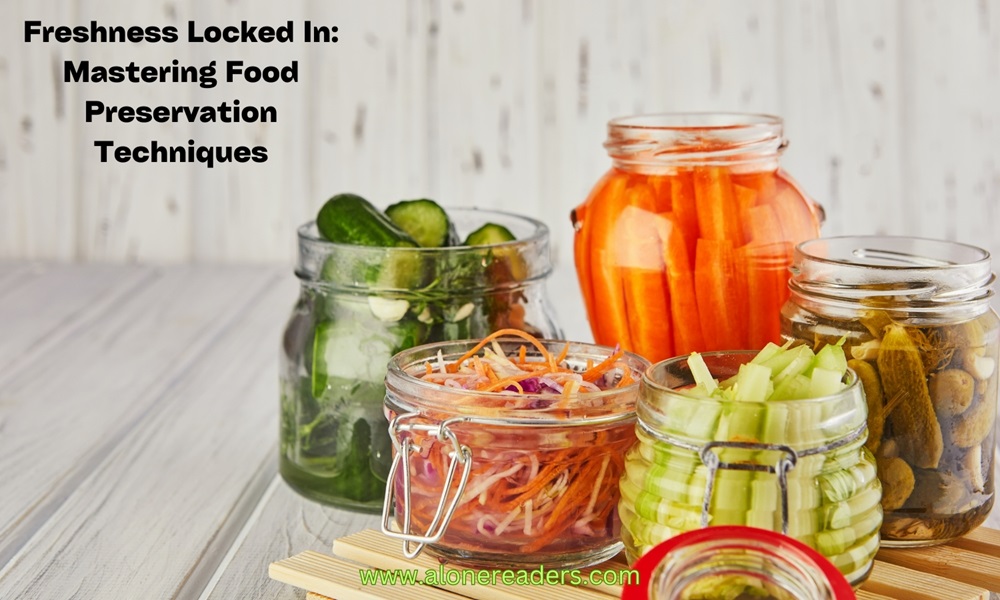
In an era where the shelf life of food is as crucial as its nutritional value, mastering the art of food preservation has never been more important. From ancient methods to modern technologies, preserving food helps in reducing waste, saving money, and enjoying seasonal foods all year round. This article delves into various food preservation techniques, their benefits, and how to effectively use them.
Drying: The Oldest Trick in the Book
Drying is perhaps the oldest food preservation method, known for its simplicity and effectiveness. By removing moisture, drying inhibits the growth of bacteria, yeast, and mold. Foods like fruits, vegetables, meats, and herbs can be dried using sun, air, or a food dehydrator.
Salting: More Than Just Flavor
Salting, another ancient technique, involves using salt to remove moisture from food. It's particularly popular for preserving meat and fish. Salted foods not only last longer but also gain unique flavors.
Smoking: Infusing Flavor and Durability
Smoking combines drying and the infusion of smoke to preserve and flavor foods, particularly meats and fish. This method imparts a distinctive taste while extending shelf life.
Pickling: The Power of Acidity
Pickling uses vinegar or a saltwater brine to create an acidic environment that prevents spoilage. Vegetables and fruits are commonly pickled, offering a tart flavor and prolonged freshness.
Fermenting: Nature’s Magical Process
Fermentation is a unique preservation method where microorganisms like bacteria and yeast convert sugars into alcohol or acids. It’s widely used in preserving dairy, vegetables, and even some meats.
Canning: Sealing in Freshness
Canning involves placing foods in jars or cans and heating them to a temperature that destroys microorganisms. This process, known for preserving a variety of foods, can be done at home with proper equipment.
Freezing: Nature's Pause Button
Freezing is a modern, popular method of food preservation. It slows down the decomposition process by turning residual moisture into ice, preserving the food's texture, flavor, and nutritional value.
Vacuum Packing: An Airless Solution
Vacuum packing removes air from the package before sealing, significantly slowing down the oxidation process. This technique is ideal for meats and other perishable foods.
The Synergy of Smoking and Drying
Combining smoking with drying, especially for meats, not only enhances flavor but also extends shelf life, making the product less prone to spoilage.
Pickling and Fermenting: A Flavorful Duo
Fermented foods can also be pickled, adding an extra layer of preservation and flavor. Examples include kimchi and pickled cucumbers.
Importance of Proper Techniques
Using these methods improperly can lead to food spoilage and health risks. It's crucial to understand and follow the correct procedures for each preservation method.
Nutritional Impact
While most preservation methods retain the nutritional value, some, like canning and drying, might lead to a slight decrease in certain vitamins.
Food preservation is a skill that has evolved over centuries, combining tradition with innovation. Whether you’re looking to extend the shelf life of your garden’s bounty or enjoy off-season delicacies, understanding these techniques can transform the way you store and consume food. By adopting these methods, not only do you ensure the longevity of your food, but you also embrace a sustainable and self-reliant lifestyle.